Avoid your inquiry is delay response, please enter your WhatsApp/WeChat/Skype along with the message, so we can contact you at the very first time
We will reply you within 24 hours. If for urgent case, please add WhatsApp: +86 13188899036, or WeChat: 0531-87968777. Or call 0531-87968777 directly.
* We respect your confidentiality and all information are protected. We will only use your information to respond to your inquiry and will never send unsolicited emails or promotional messages.
Electric butterfly valves combine the simplicity of a traditional butterfly valve with the power of electric actuation. But what makes them so important?
An electric butterfly valve uses an electric actuator to control the rotation of a disk within the valve, regulating fluid flow. It’s efficient, reliable, and offers precise control.
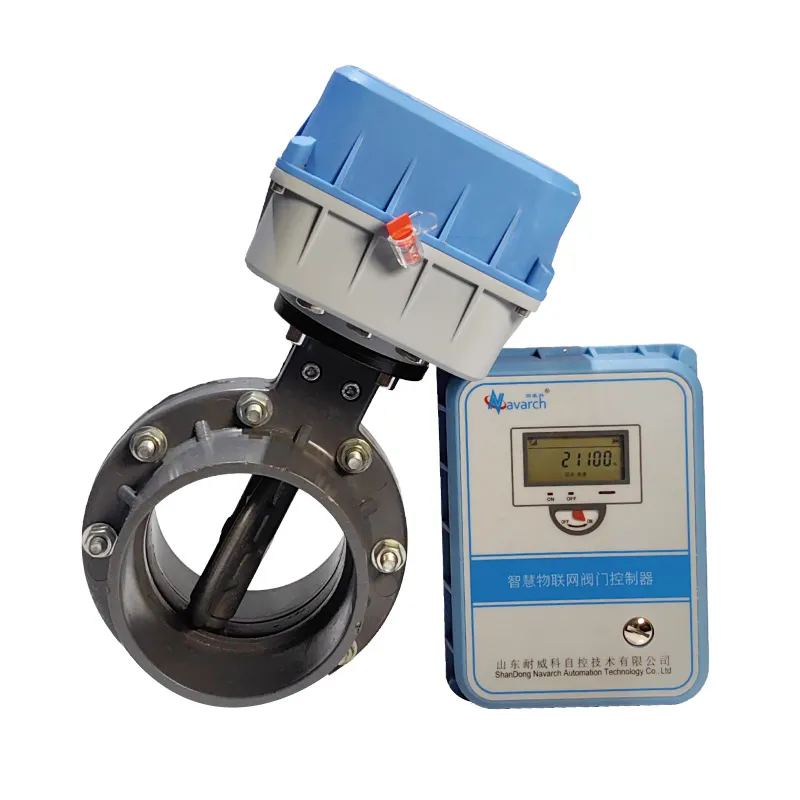
Electric butterfly valve
Electric butterfly valves are widely used in industrial applications where precise flow control is essential. These valves feature a disc-shaped closure element that rotates to either block or allow flow. The electric actuator controls the rotation of the valve, offering high efficiency and remote control capabilities. They are preferred for their simplicity, compact design, and ability to handle a variety of fluids, including air, water, and gas.
In this article, we will explore the advantages, working principles, and applications of electric butterfly valves.
Why are butterfly valves so widely used in various industries?
The main advantage of a butterfly valve is its simplicity, compactness, and cost-effective1ness. It provides quick, reliable operation and is especially suited for handling large volumes of fluid with minimal pressure loss.
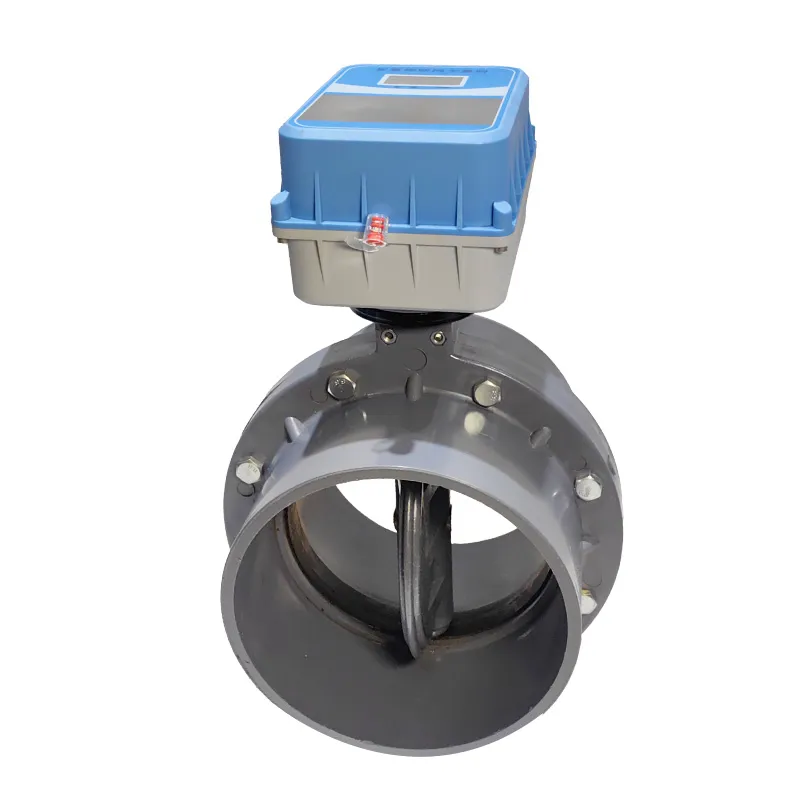
Butterfly valve advantages
Butterfly valves are characterized by a rotating disk that regulates fluid flow through a pipe. The disk is mounted on a shaft and can rotate 90 degrees to either open or close the valve. One of the biggest advantages of butterfly valves is their compact design2, which allows them to fit into tight spaces where other valve types may be impractical.
They are also highly cost-effective compared to other types of valves like ball valves or gate valves. Butterfly valves are ideal for applications requiring a quick shut-off or regulation of flow, especially in systems with large pipes and high flow rates.
| Advantage | Description |
|---|---|
| Compact Design | Requires less space compared to other valve types |
| Cost-Effective | Less expensive than ball or gate valves |
| Efficient Flow Control | Provides quick and reliable flow regulation |
| Low Pressure Drop | Suitable for large volume systems with minimal resistance |
Due to these advantages, butterfly valves are commonly used in a range of industries, including water treatment, HVAC systems, and chemical processing.
Electric valves are used for more complex control systems. But how exactly do they function?
An electric valve uses an electric actuator3 to automatically open or close the valve based on control signals, providing precise regulation of fluid flow.
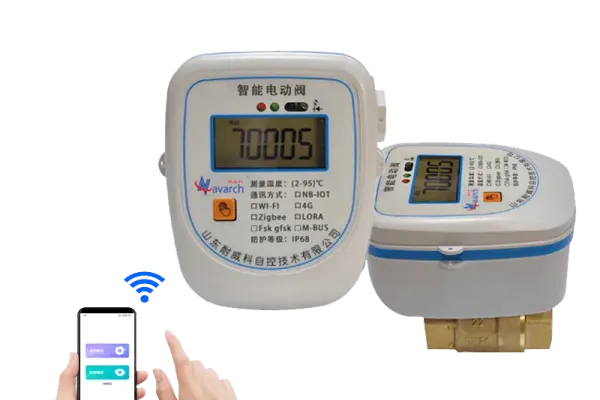
Electric valve operation
Electric valves operate by receiving electrical signals from a controller or control system. These signals control an electric actuator that drives the valve’s mechanism. In the case of an electric butterfly valve, the actuator rotates the valve’s disk to regulate the flow of fluids through the system.
The electric actuator can be powered by AC or DC electricity, and it is typically equipped with position sensors that send feedback to the control system, ensuring the valve is positioned correctly. This makes electric valves ideal for systems that require precise control and integration with automated control systems, allowing for remote operation and monitoring.
| Operation Type | Description |
|---|---|
| On/Off Operation | The valve opens or closes completely based on the electrical signal |
| Proportional Control | The valve adjusts its position to regulate flow more precisely |
| Feedback Loop | Position sensors provide feedback to ensure correct valve operation |
This ability to automate control provides significant advantages in systems where consistent and accurate regulation of fluid flow is crucial.
Butterfly valves are found in a variety of applications, but where exactly are they most commonly used?
Butterfly valves are commonly used in large-scale fluid systems like HVAC, water treatment plants, and chemical processing facilities. They’re ideal for applications requiring space-saving, cost-effective, and efficient flow control.
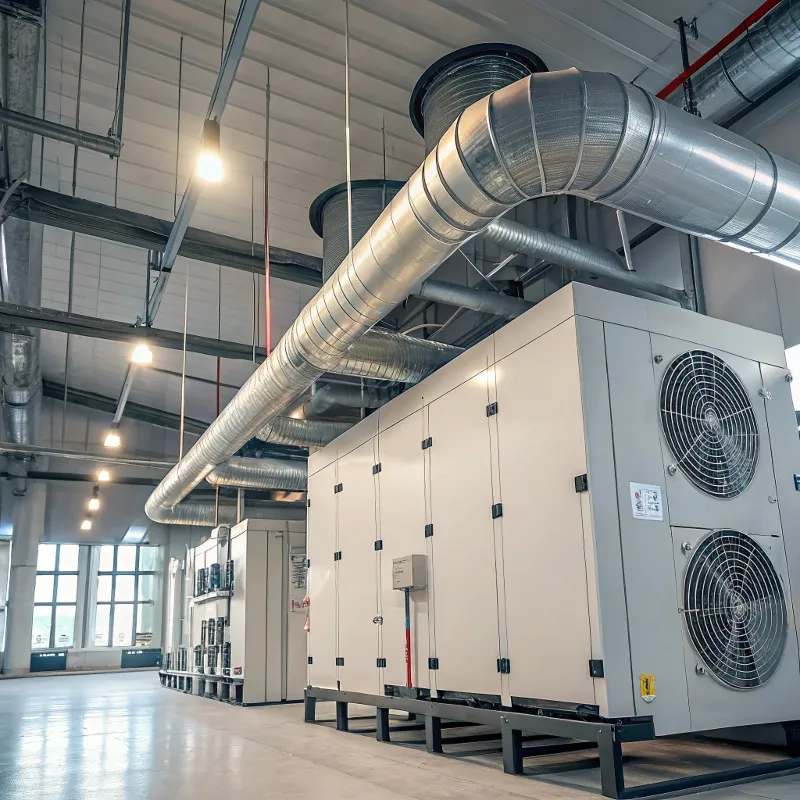
Butterfly valve applications
Butterfly valves are especially useful in large pipelines or systems with high fluid flow. Their ability to regulate flow with minimal pressure loss makes them ideal for industries like:
These valves are particularly useful in large-scale systems where space, cost, and ease of maintenance are important considerations.
| Industry | Application |
|---|---|
| Water Treatment | Flow regulation in water filtration and distribution |
| HVAC | Air flow control in large commercial buildings |
| Chemical Processing | Flow control for chemicals, gases, and liquids |
| Pulp and Paper | Managing liquid flow in the production process |
Because of their ability to manage high flow rates with minimal resistance, butterfly valves are a preferred choice in many industrial applications.
Electronic valves combine traditional valve mechanics with electronic control systems. But how do they work?
An electronic valve is a type of valve that is operated by an electric actuator, controlled through signals from an electronic system to regulate fluid flow automatically.
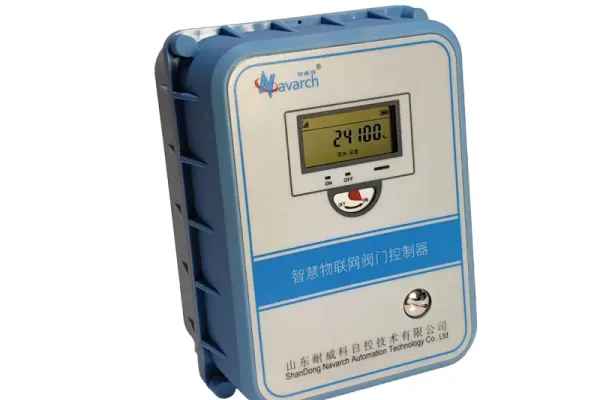
Electronic valve function
Electronic valves operate in much the same way as other types of automated valves, but with the added benefit of integration into digital control systems. These valves use electrical signals to power an actuator that opens or closes the valve. The electronic actuator is typically controlled by a sensor system, such as a temperature or pressure sensor, which sends data to the controller to adjust the valve’s position.
This makes electronic valves perfect for applications where constant monitoring and adjustment are needed, as they can be easily integrated into broader control systems for automated fluid management. Common uses for electronic valves include smart building systems, energy management systems, and various industrial automation processes.
| Feature | Description |
|---|---|
| Automation | Can be controlled by remote or automated systems |
| Integration | Easily integrates with sensors and control systems |
| Precision | Offers precise regulation of fluid flow |
| Real-time Adjustment | Can adjust the valve based on real-time data |
Electronic valves are especially useful in systems where fluid flow needs to be regulated based on changing conditions, offering better performance, energy efficiency, and ease of use.
Electric butterfly valves are reliable, efficient, and cost-effective solutions for fluid control. They are perfect for applications requiring automation, precision, and space-saving, offering advantages across multiple industries.